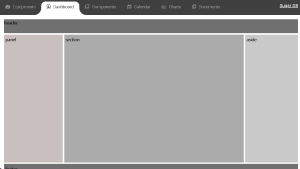Accomplishments:
- presented the project proposal and received good feedback.
- made a first rough draft of the multi-period code architecture
- implemented a simple multi-period class that runs sugar3 at each time step with specified input load
Progress Reflection:
- met with my research advisor to discuss the next steps in building the multi-period optimization tool – need to focus more on getting initial results than polishing codebase.
- need to speed up my work to get results soon and uncover any initial convergence issues
Next Week’s Goals:
- test multi-period class is changing loads correctly by seeing changes in slack bus power
- change slack and SOC variables to class variables in Batteries.py and run the inner loop for 2 periods, check battery SOC variable and verify it correctly changes

